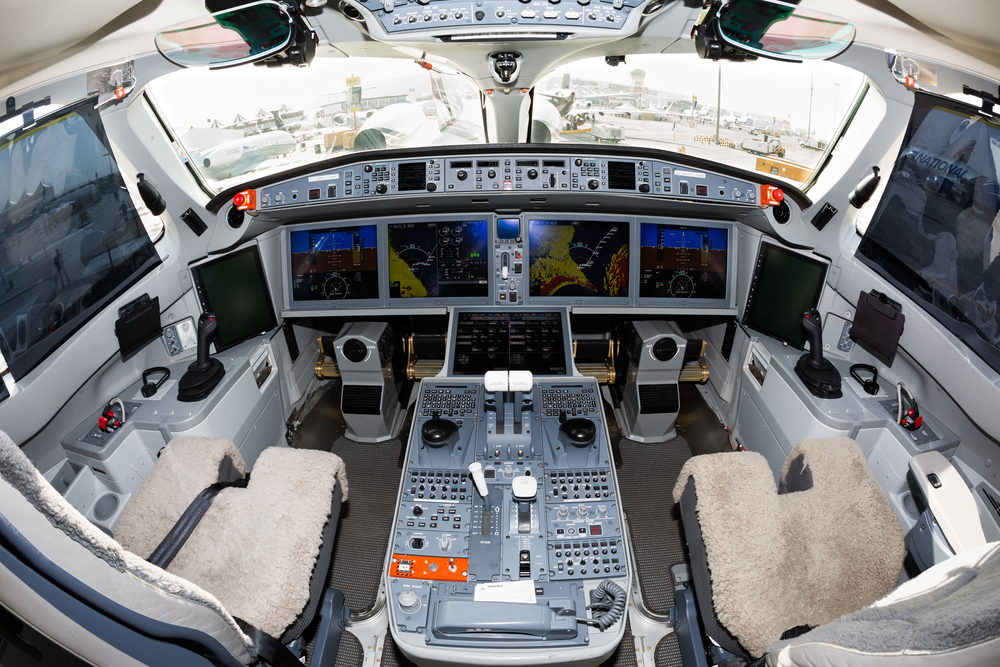India is investing in a major buildout of its aviation industry, which includes more planes, airports, and technology. The International Air Transport Association expects India to become the world’s third-largest air passenger market in the next 10 years. The Indian government plans to spend about US$12 billion by 2025 on airports and aircraft to boost regional connectivity. Around 220 airports are expected to be operational in India by 2025, up from 148 in 2023.
Apart from being one of the safest and commercially viable modes of transportation, modern air travel also has the potential to deliver a seamless and personalised end-to-end experience. As air travel becomes more accessible and affordable to more Indians, airports must embrace digital transformation and innovation to cater to the diverse and dynamic needs of passengers, businesses, and communities. They must also scale up to deliver complete air mobility in the future.
India’s fast growing middle class demographic is driving higher demand for air travel. There were 138.9 million arrivals and departures in India between FY 2022 and FY 2023, indicating the aviation sector’s fast recovery from the impact of the COVID pandemic. This growth has made the past two decades especially significant for airport modernisation. The strong economic growth and the government’s increased focus on public infrastructure, travel, and tourism have attracted investments in the aviation sector from India’s private and public sectors to increase airport capacities. With the foreign investments in the sector also having risen considerably, the need to digitise airport operations is greater than ever.
These positive trends pose new challenges for India’s airports, particularly in areas of infrastructure, sustainability, and technology.
India’s DigiYatra digital initiative recently set the precedent for creating seamless, paperless, and hassle-free travel experiences throughout the country and internationally. It has made time and comfort as the key pillars of customer experience, regardless of the traveller’s background. Behind the scenes, DigiYatra integrates passengers’ digital IDs and functions as a repository of digital information for all their needs. This eliminates the necessity for presenting documents at multiple checkpoints and significantly reduces bottlenecks in the process. With just their facial biometrics, passengers can comfortably breeze through formalities rather than waiting in long lines.
Integrating and orchestrating disparate IT systems and data sources is a challenge for any industry. Airport stakeholders include airlines, ground handlers, security agencies, retailers, passengers, regulators, and local authorities. Each of these entities may have its own systems, data formats, protocols, and standards. This makes it challenging to achieve seamless data exchange and collaboration across the airport value chain.
A possible solution is to adopt an application programming interface (API) platform delivery model that can interoperate with different systems and data sources, both within and outside the airport. Such a platform could enable airports to leverage common data models and microservices to create a “single source of truth” for all airport data and processes. This can help airports to optimise their operations, enhance their situational awareness, improve their decision-making, and deliver more personalised experiences to their customers. An API platform also can help airports monitor and manage their resources in real time, including gates, airplane stands, baggage transport, and staff. APIs also can adjust various aspects of airport operations according to changing demands and conditions, and help airports to provide real-time information and guidance to passengers.

Customer Partner
Kyndryl India
The airport is also an ecosystem of multiple aggregators where it acts as a highly secure and regulated facilities operator. So, a unified data strategy and AI-infused platform are imperative to mine actionable insights and drive operational excellence at even the biggest and busiest airports. Large Language Models (LLM) provide consistent and factual responses to customer queries across multiple social media platforms and customer interactions systems across terminals. And social robotics — a developing field for airports — will be able to enhance engagement and interaction with passengers. However, all this will need strong data-driven integration across platforms to provide those experiences.
Airport modernisation will play an essential role in the decarbonisation of the aviation sector. Indian aviation supports about 4 million jobs and contributes 5% of the country’s GDP, and modernising this sector without hindering economic progress will be integral to India’s future success.



